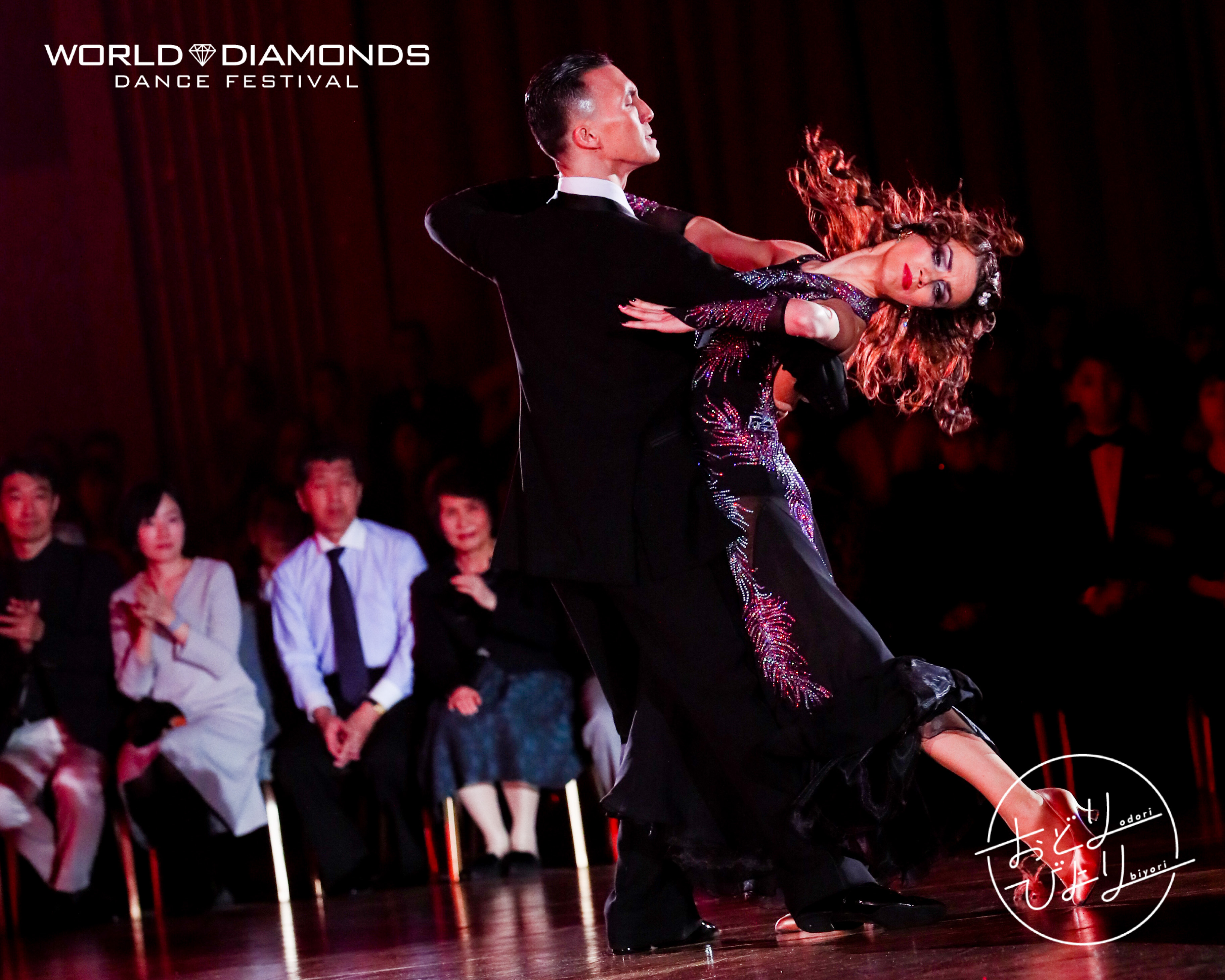第5話Why You Should Never Stop Dancing
2020/01/30
As a competitive dancer for over 30 years, it is difficult to imagine out lives without dancing. Dancing is a beautiful activity that seems so easy and effortless from the outside and yet so demanding once you make it your profession. When you look at great dancers it may seem that one can merely stand up, pick up one’s significant other, and dance gracefully and effortlessly. But, here is the catch! Why? Because it’s impossible to stop once you’ve had a taste of the dancing! Your body will love it and your brain will keep asking for more! Any dancer knows and understands how emotionally he or she is attached to this beautiful art form and physical activity. But, what if there is more to it? What if dancing actually helps us not just in a physical and an emotional way but can even help our intellectual development?
In fact, dancing actually does help our brain continue to develop making us even smarter and more intelligent. Many studies already have shown that dancing helps reduce stress, increase levels of the “feel good” hormone Serotonin, and helps develop new neural connections within the brain. How amazing is this that while you are practicing your Feather Step in Foxtrot or dancing a Running Right Turn in Quickstep your brain is also developing new neurological connections and activates the process called Neuroplasticity.
When you are enjoying any activity, you don’t notice how much time passes, or how much physical effort you put in. You are so focused on the pleasure and the joy of the activity that you are present in the moment and focused on all the details that make the dance happen! For instance, it can be practicing and synchronizing timing of the body action of the rise and fall in Waltz with your partner or dancing nonstop Viennese Waltz to increase your stamina. Dancing allows you to workout, shape your body with the various moves, lose weight, and experience enjoy and pleasure all at the same time. In fact, it is the pleasure factor that diminishes your physical efforts and has immeasurable value for your brain.
Our dancing activity is so special because it increases the body’s Neural Connectivity as it integrates several brain functions at once; rational, musical, kinesthetic, and emotional. It all happens because you have to remember the dance steps, hold your partner’s hand, and execute the moves while listening to the rhythm of the music. Take for example a simple Reverse Turn in Foxtrot. The gentleman needs to lead his lady backwards, making her right foot the center of the turn in order to execute a seamless heel turn. In the mean time, the lady will drag her free heel and close it at the end of the turn gracefully transferring her weight at the same time. The gentleman needs to allow the lady to close her feet, synchronize the rise with her, and then together they both move in harmony to the next step. In the mean time they need to be aware of both their beautiful frames. In addition, the gentleman will allow his lady to expand her upper body shape while coming out of the heel turn. While the lady activates her frontal, turn, and sway planes in her body, creating a spiral to compliment her partner’s movement. Lastly, they need to be in harmony with not only each other but also with the music to enhance and show the character of the Slow Foxtrot. Doesn't it all sound complicated? And, let’s not forget that all this needs to be done in the company of other couples on the dance floor so the direction and speed might necessarily need to be changed to avoid collisions with other couples. This is just an example of how many different tasks our brain goes through while dancing a simple Foxtrot figure. Furthermore, imagine remembering all of your routines, directions, timings, and then synchronizing them with your partner and the music! Hence the reason why dancing is a one of a kind physical activity that not only improves one’s balance, strength and endurance, but also activates each of our own Neuroplasticity.
Some researches says that Neuroplasticity is a remarkable process where the brain changes its structure and function as it learns new things and even creating new neurons in the process. It has been shown that strengthening these processes by dancing can have benefits in other pathologic situations, such as the enhancement of cognition and improvement in such disorders as Parkinson’s and Alzheimer’s diseases.
Dancing benefits your physical, emotional, and mental health. It helps you stay socially active and brings you personal growth. Furthermore, dancing won’t allow your mind, your brain, or your body to slowly deteriorate all with the added benefit of giving you a lot of enjoyment and pleasure throughout the process. Therefore, why would anybody ever stop dancing?

Anastasia Muravyeva
協力:神元 誠
※申し訳ありませんが、日本語の掲載予定はございません。何卒ご理解の程、よろしくお願いいたします。


